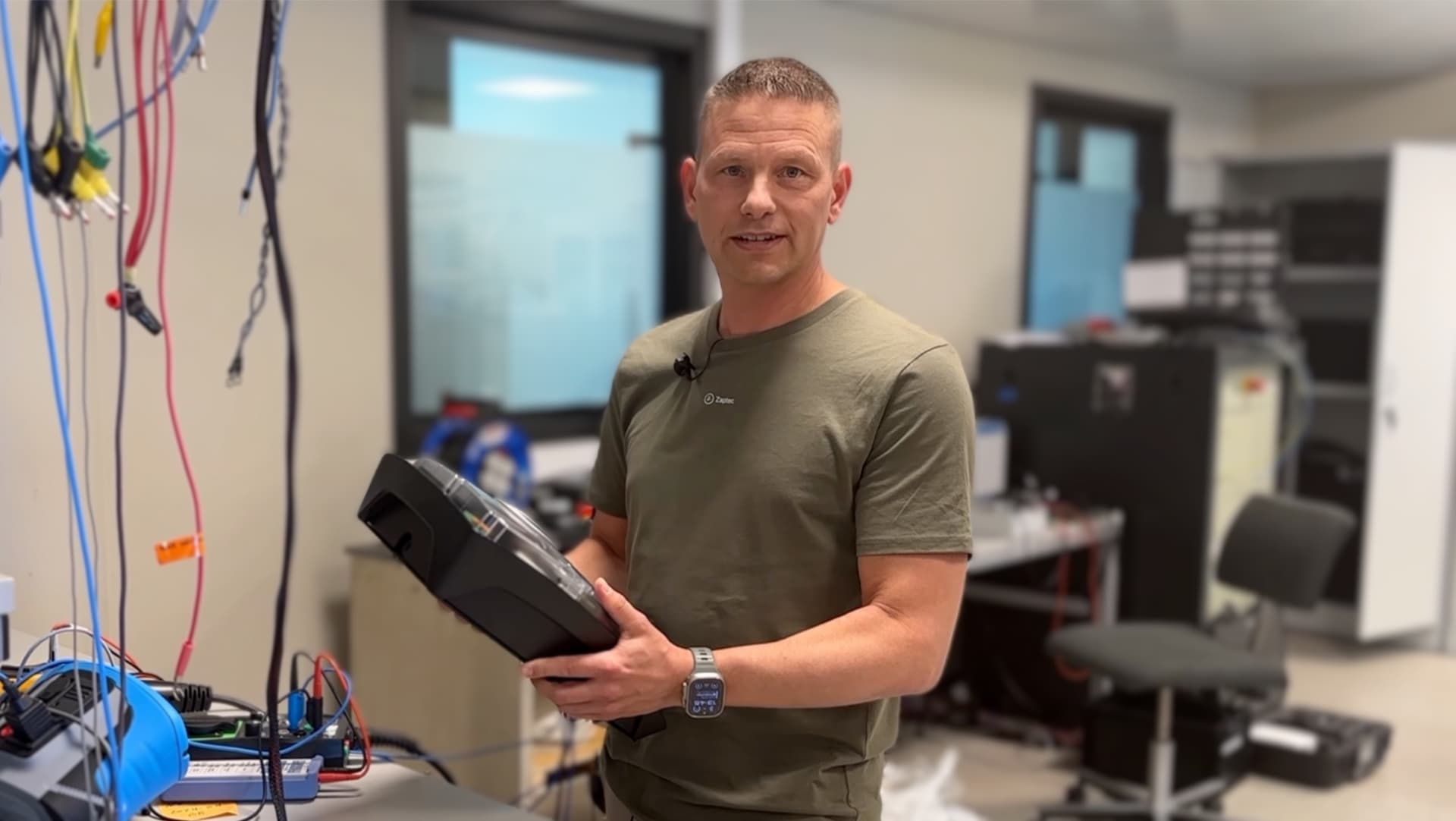Is an all-consuming focus on fast DC charging solutions overshadowing the possibilities of normal AC charging?
Rethinking EV charging: The strategic role of normal charging
Rethinking EV charging: The strategic role of normal charging

By: Mattias Nilsson, Global Sales Engineer at Zaptec.
Those of us who are following the development of electric vehicles and the entire ecosystem around them from the inside have observed how different European governments have experimented with various strategies to expedite the transition to electric mobility.
The approaches vary widely, leading to mixed outcomes. Some initiatives seem tentative or insufficiently committed, while others inadvertently hinder progress. Interestingly, some governments have truly succeeded in their efforts, but ironically, there is often a reluctance to replicate certain successful incentives because the discussion about electric vehicles also tends to take on a distinctly political tone. This makes some politicians hesitant, as they fear that supporting electric vehicles might signal a specific political stance. Politics can be quite intriguing, folks.
Despite these challenges, the overall direction is unmistakably moving towards greener mobility, highlighted by the growing adoption of electric vehicles.
As Europe accelerates its transition toward electric vehicles (EVs), the discussion often centres on the technology enabling this shift. Fast charging infrastructure receives considerable attention due to its ability to power EVs quickly, mimicking the procedure of traditional fuelling – and the traditional gas station. However, normal AC charging offers a spectrum of benefits that align closely with sustainable energy goals and practical, everyday use. The question that creeps forward in all discussions concerning future charging needs is: Have we found the right balance between fast and normal charging?
Comprehensive EV charging networks: Why normal chargers are crucial
A robust, comprehensive EV charging network is vital to support this transition, yet the focus often skews towards high-cost, high-maintenance fast charging solutions. Normal chargers, however, present a cost-effective, efficient, and scalable alternative that can significantly enhance the accessibility and sustainability of EV networks.
Behavioural and psychological aspects of EV charging
The shift to EVs involves not only technological changes but also significant modifications in consumer behaviour, particularly in how individuals manage their energy consumption. Normal AC charging, which allows EVs to be charged overnight at home or during the day at workplaces, aligns well with how we live – and can be integrated into daily routines without disruption. This integration helps change public perception of EV charging from a cumbersome chore to a simple, routine activity.
However, much of the psychological resistance stems from old and familiar patterns, where you feel the need to go to a dedicated place to refuel your car, rather than allowing this process to occur on your terms – so that it follows your own movement and rhythm. Effective communication and educational campaigns are essential to inform potential EV owners about the benefits of normal AC charging and dispel myths about its inadequacy for daily use.
Policy implications and future directions
For normal charging to become a foundational component of Europe’s electric vehicle (EV) infrastructure, it requires robust policy support and innovative strategic planning. Governmental bodies and regulatory agencies need to work in concert to craft policies that not only encourage the widespread adoption of normal charging technology but also seamlessly integrate these systems into the urban and transportation framework.
This integration involves several key initiatives:
Technological innovations and integration
Technological advancements are set to dramatically enhance the functionality and user appeal of normal AC chargers. Zaptec is a market leader in some of the most well-developed EV markets on the planet. We know, first hand, that there is a difference between creating solutions for the early adopters, vs. the late majority. As we stand on the brink of a digital revolution in energy management, the integration of smart charging technologies presents an opportunity to redefine how energy is consumed and managed within the EV ecosystem.
Conclusion
As Europe tries to find the right medicine to reach its ambitious goals, embracing normal AC charging is more than a practical choice – it's a strategic imperative that supports broader environmental and economic objectives. By fostering technological innovation, refining policy frameworks, and educating the public, normal charging can be elevated to the true cornerstone of Europe's approach to more sustainable transportation. This comprehensive strategy will not only support the current transition to EVs but will also lay a resilient foundation for the future, ensuring that the adoption and integration of EVs are as seamless and efficient as possible.